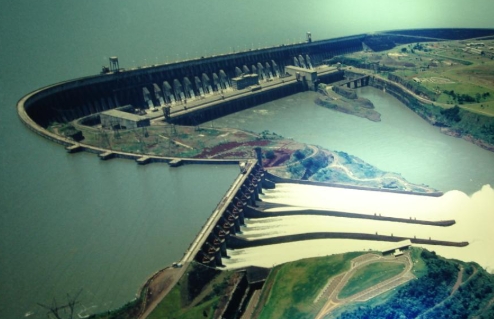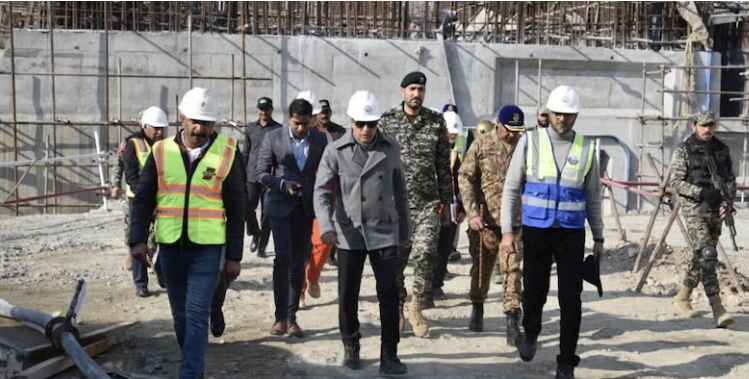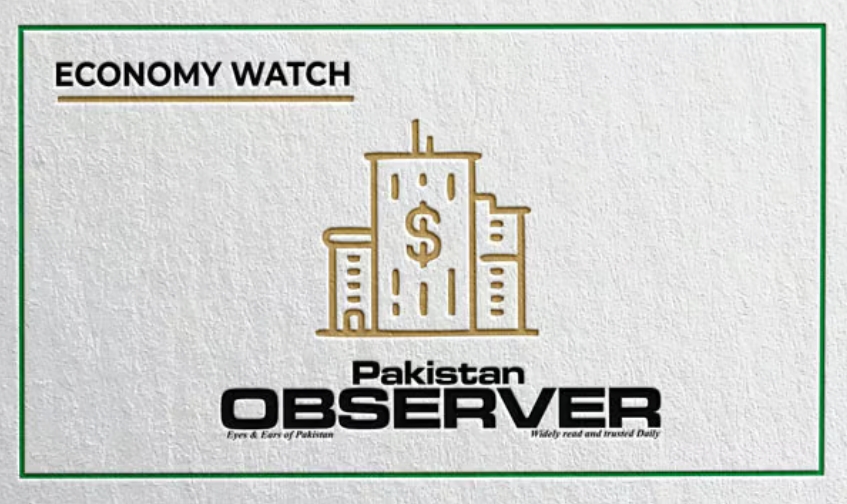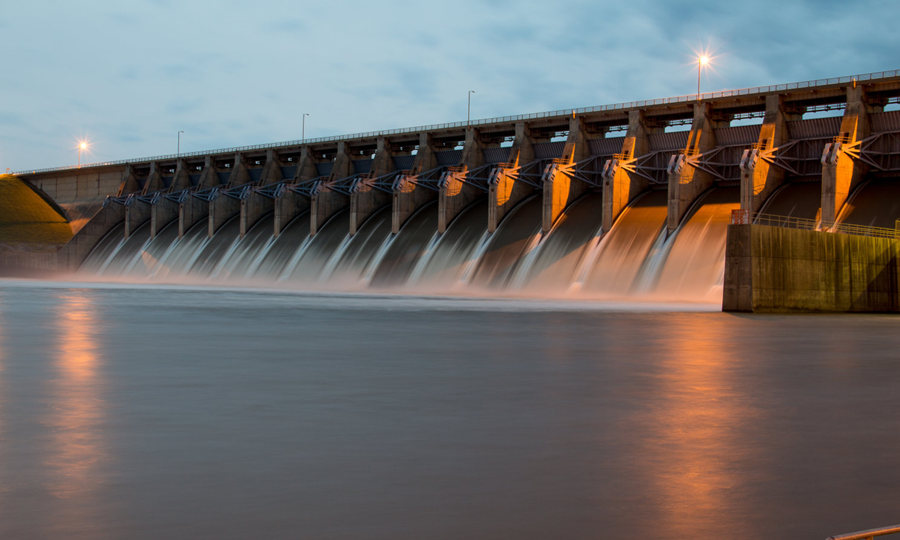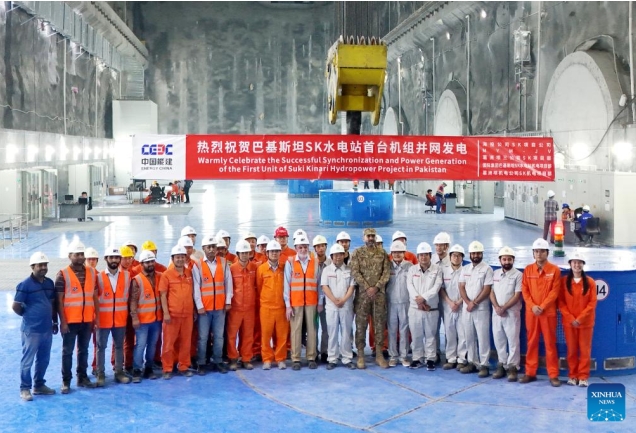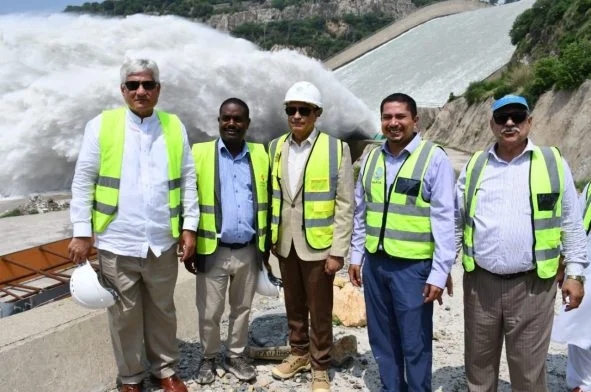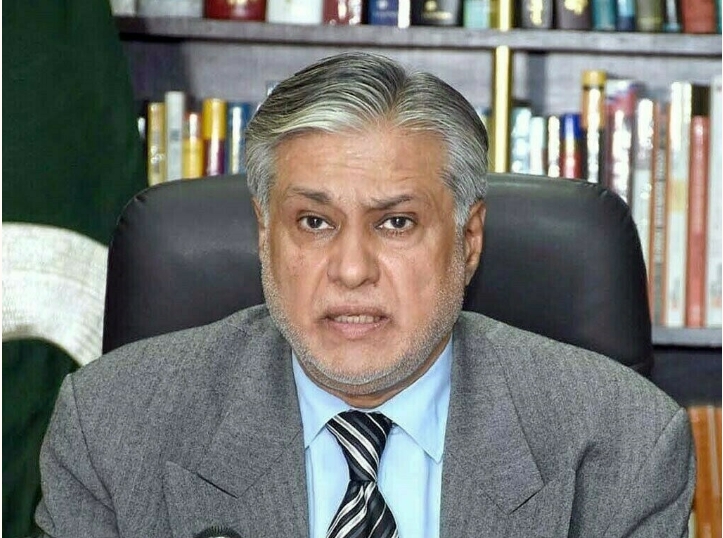A new training tool from the International Atomic Energy Agency (IAEA)provides modelling to develop the skilled workforce needed for new research reactor programmes, from planning to operation. The tool was recently piloted in Senegal, which is planning for a research reactor programme.
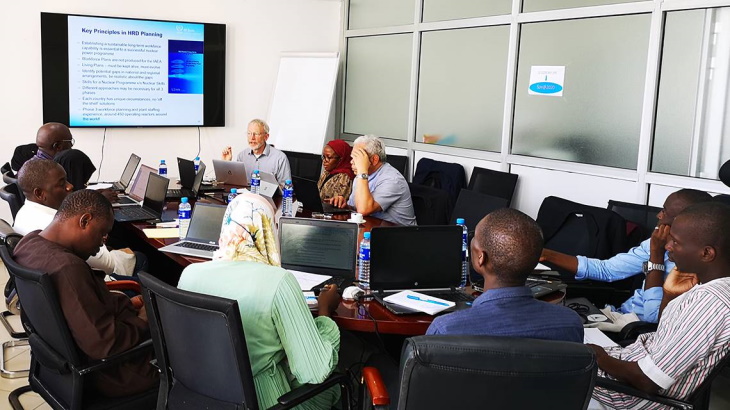
A training session on how to use the IAEA's Human Resource Modelling Tool for New Research Reactor Programmes took place in Dakar, Senegal (Image: IAEA)
"Before investing in a research reactor, countries need to ensure they have the necessary personnel to support the programme," according to the IAEA.
The Human Resource Modelling Tool for New Research Reactor Programmes has been developed from a Nuclear Power Human Resources Modelling (NPHR) tool, provided to the IAEA by the USA in 2011. The NPHR helps countries understand their workforce requirements and the flow of human resources when planning to start a nuclear power programme. The new tool for research reactor programmes, will support countries to better understand human resource requirements and the need for coherent national workforce development in this field.
A training session on how to use the new tool took place on 12-16 December in Dakar, Senegal.
Sessions in the training - conducted by a three-person IAEA-led team for 12 officials - covered a demonstration of the human resources model plus installation and configuration of the tool on participants' computers, as well as basic skills in using dynamic modelling and exercises looking at scenarios using the tool. The training also included issues such as good practices for workforce planning, safety and staffing for the regulatory body, operating and regulator perspectives, and human resources data for research reactor programmes.
Senegal is planning for a research reactor programme, with a feasibility study likely to take place in early 2023, said Cheikh Niane, Technical Coordinator of Senegal's research reactor project and General Secretary of the Ministry of Petroleum and Energy.
"The management of human resources is the pillar of a successful project development," Niane said. "We should define what is the state of our workforce to support a nuclear programme in the country, and what should be our recruitment pool. We will start it as of now with the trained team comprised of key stakeholders."
Petr Chakrov, Head of the IAEA's Research Reactor Section, noted: "The IAEA supports countries in every step of a research reactor's life cycle, including developing the nuclear infrastructure needed for the facility's construction, safe and secure operation and utilisation. With this pilot training session in Senegal, we have kicked off a new initiative aimed at enhancing our support for countries looking to develop the necessary workforce for a new research reactor programme."
